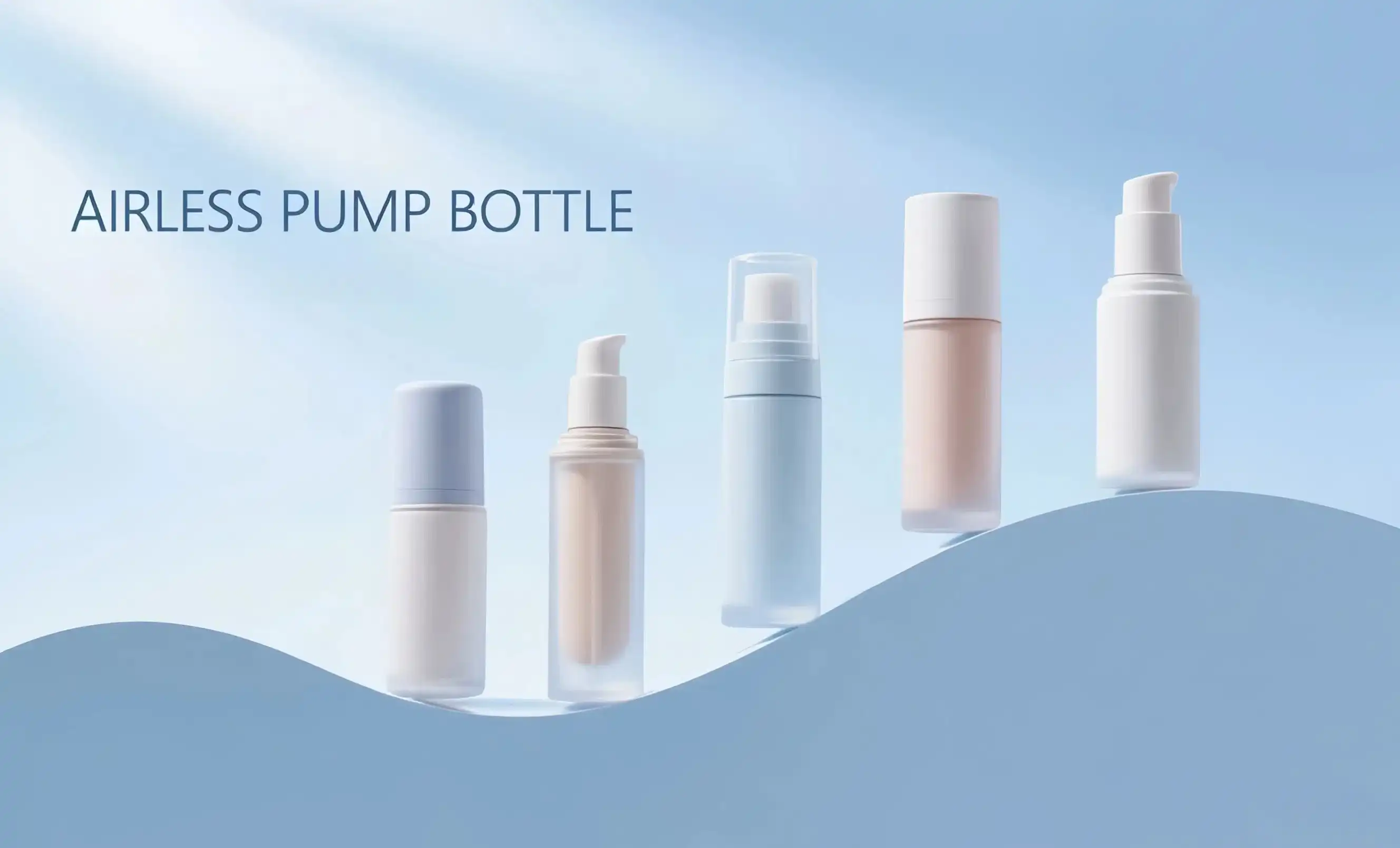Material Science: PE vs. ABL vs. PCR
Polyethylene (PE): The Versatile Classic
Because it is flexible and cheap, polyethylene has been used for a long time to package cosmetics. This flexible material is great at keeping wetness out, which makes it perfect for keeping the consistency of different makeup formulas. People can get PE in different thicknesses, like Low-Density Polyethylene (LDPE) and High-Density Polyethylene (HDPE). Each has its own properties.
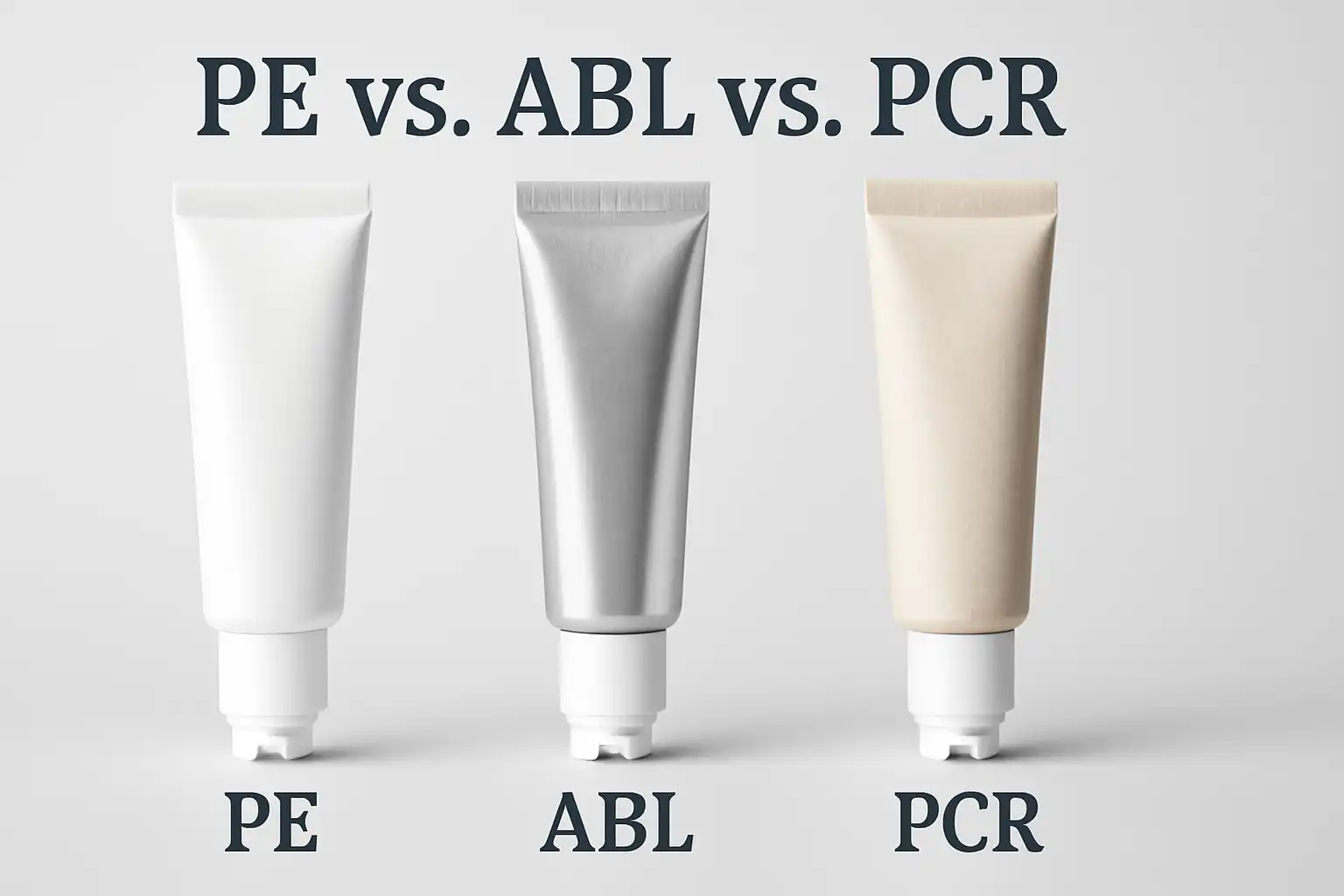
Advantages of PE:
- Excellent chemical resistance
- Good flexibility and durability
- Affordable and widely available
- Easy to process and mold into various shapes
Disadvantages of PE:
- Limited oxygen barrier properties
- Not as eco-friendly as some alternatives
- May not provide a premium look for high-end products
Aluminum Barrier Laminate (ABL): Premium Protection
ABL tubes have many layers, and aluminum is one of them. Aluminum is a great shield against air, light, and moisture. Because of this, ABL is a great choice for formulas that are sensitive and need the most safety.
Advantages of ABL:
- Outstanding barrier properties
- Suitable for oxygen-sensitive products
- Offers a premium, metallic appearance
- Good printability for branding purposes
Disadvantages of ABL:
- Higher cost compared to PE
- More complex recycling process
- Limited flexibility compared to PE
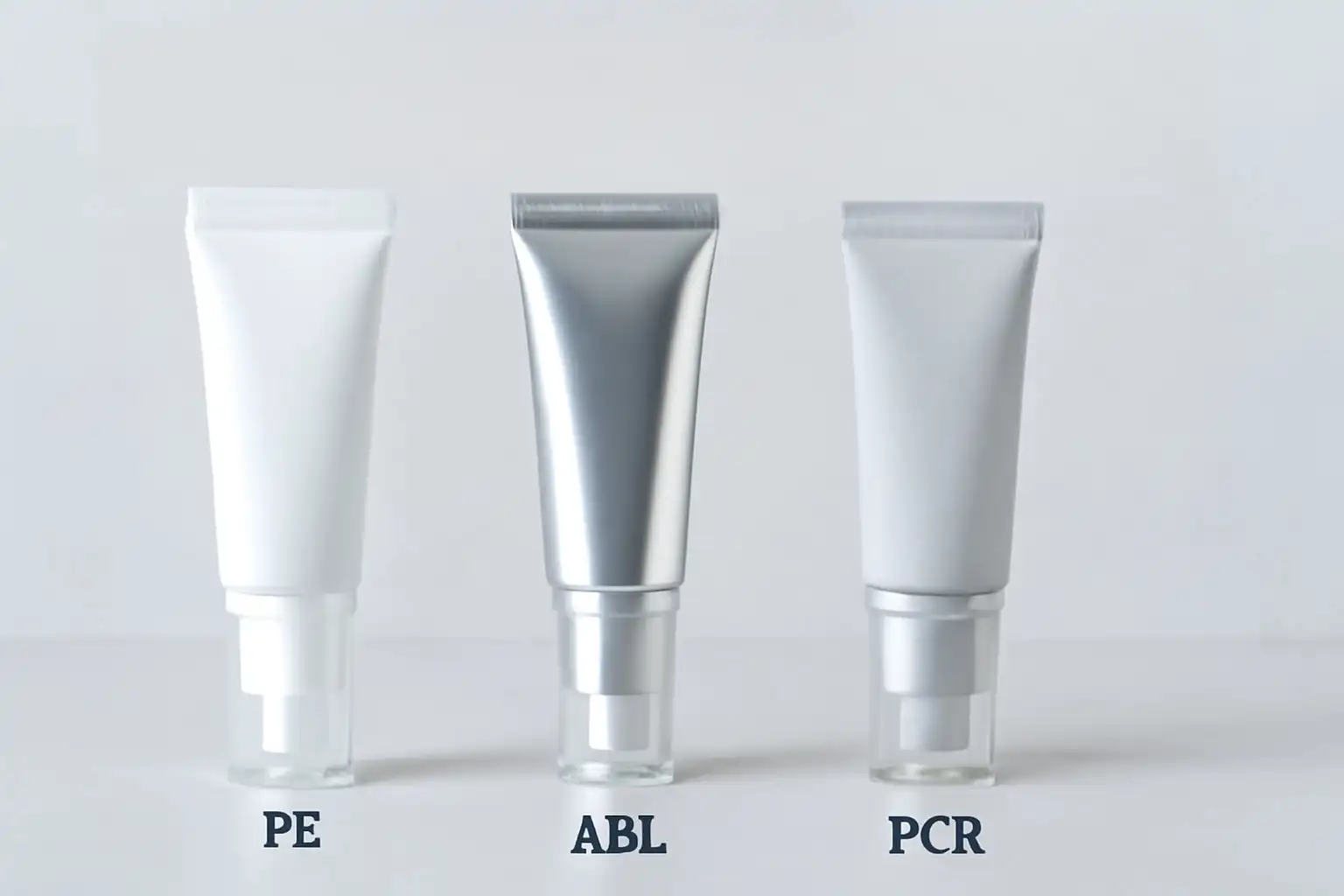
Post-Consumer Recycled (PCR): The Eco-Friendly Option
PCR materials are derived from recycled plastic waste, offering a more sustainable alternative to virgin plastics. As consumers become increasingly environmentally conscious, PCR has gained popularity in the cosmetics industry.
Advantages of PCR:
- Reduced environmental impact
- Aligns with sustainability goals
- Appealing to eco-conscious consumers
- Helps brands meet recycled content targets
Disadvantages of PCR:
- Potential inconsistencies in color and clarity
- Limited availability of high-quality PCR
- May have slightly reduced barrier properties compared to virgin plastics
Environmental Impact: Which Material Leads?
Sustainability Considerations
When evaluating the environmental impact of PE, ABL, and PCR for airless cosmetic tubes, several factors come into play. While PE is recyclable, its widespread use and slow degradation rate have raised concerns about plastic pollution. ABL, despite its excellent barrier properties, presents recycling challenges due to its multi-layer composition. PCR emerges as the frontrunner in terms of sustainability, as it repurposes existing plastic waste and reduces the demand for virgin materials.
Carbon Footprint Analysis
A comprehensive carbon footprint analysis reveals that PCR generally has the lowest environmental impact among the three materials. The production of PCR requires less energy compared to virgin PE, resulting in reduced greenhouse gas emissions. ABL, while offering superior protection, often has a higher carbon footprint due to the energy-intensive process of aluminum production and lamination.
Circular Economy Potential
In the context of a circular economy, PCR holds the most promise. By closing the loop on plastic waste, PCR supports a more sustainable packaging ecosystem. However, innovations in PE recycling and the development of mono-material ABL alternatives are improving the circularity potential of these materials as well.
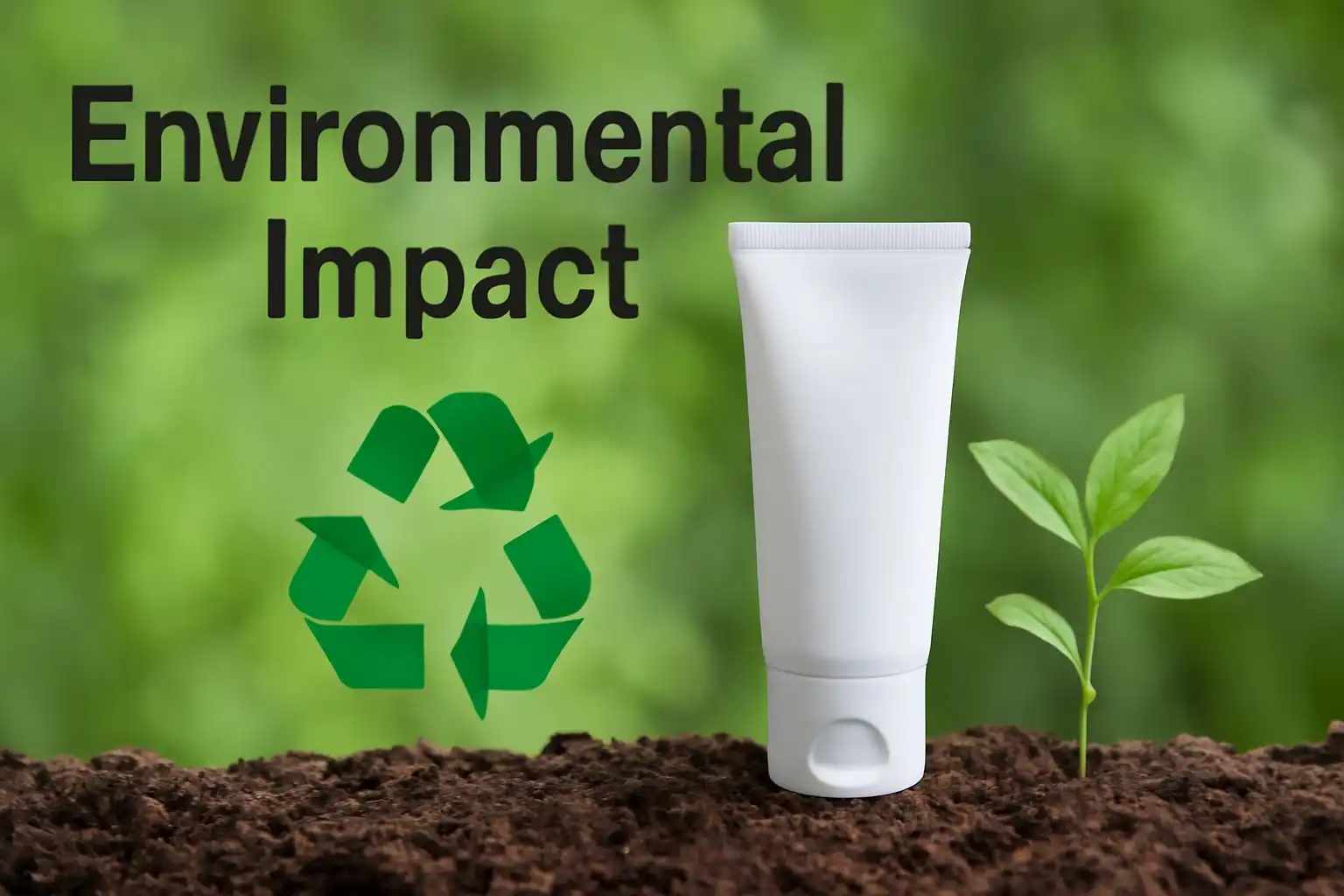
Balancing Quality and Budget
Cost Considerations
When it comes to pricing, PE typically offers the most budget-friendly option for airless cosmetic tubes. Its widespread availability and simple manufacturing process contribute to its cost-effectiveness. ABL, due to its multi-layer construction and superior barrier properties, commands a higher price point. PCR costs can vary depending on the quality and availability of recycled materials but generally fall between PE and ABL in terms of pricing.
Performance vs. Price
While PE provides a good balance of performance and affordability, it may not be suitable for all cosmetic formulations, especially those requiring high oxygen barrier properties. ABL offers premium protection but at a higher cost, making it ideal for high-end or sensitive products. PCR represents a middle ground, offering improved sustainability credentials with performance that can approach that of virgin PE, depending on the quality of the recycled material.
Long-term Value Proposition
When considering the long-term value of each material, factors beyond initial cost come into play. PCR, for instance, may command a slightly higher price but can offer significant brand value through its sustainability narrative. The increased expense of ABL may be justified by the longer product shelf life it provides due to its improved protection. PE's recyclability and adaptability keep it a popular choice for several uses.
How would you recommend making the airless cosmetic tubes? This is something that we at Topfeelpack take very seriously. We can assist you in selecting the most appropriate and long-lasting material for your product because to our extensive knowledge of PE, ABL, and PCR.
Conclusion
When deciding on the ideal material for airless cosmetic tubes, there are several factors to consider. Among your goals may be the preservation of the product, environmental consciousness, and financial restraint. Despite PE's low cost and flexibility, ABL is superior at preventing chemical reactions in sensitive compounds. Brands that care about the environment but don't want to sacrifice performance might choose PCR.
As the beauty business changes, more people want packing options that are both eco-friendly and effective. Brands can make choices that are in line with their goals and meet customer standards if they know what makes PE, ABL, and PCR special.
Do you know how to pick the best material to make your makeup package look better? Topfeelpack's high-tech airless bottles are the best way to make sure that your products work well and last as long as possible. Because we care about the environment, offer fast customization, low prices, and lightning-fast shipping, we are the perfect business partner for skincare, makeup, and beauty companies looking for new ways to package their products.
Don't compromise on quality or sustainability. Contact Topfeelpack today at pack@topfeelgroup.com to explore our range of airless cosmetic tubes and find the perfect material for your brand's needs. Let us help you create packaging that not only protects your product but also reflects your commitment to excellence and environmental responsibility.
FAQ
1. Which material offers the best oxygen barrier for sensitive formulations?
Aluminum Barrier Laminate (ABL) provides the highest level of oxygen barrier protection among PE, ABL, and PCR materials. This makes it ideal for oxygen-sensitive cosmetic formulations that require maximum preservation.
2. Is PCR material suitable for all types of cosmetic products?
While PCR has made significant advancements, its suitability depends on the specific cosmetic formulation and quality of the recycled material. It works well for many products but may not be ideal for extremely sensitive or luxury formulations that require the highest barrier properties.
3. How does the cost of PCR compare to virgin PE in airless cosmetic tubes?
Generally, PCR material costs slightly more than virgin PE due to the recycling and processing involved. However, the price difference is often offset by the added value of sustainability and positive brand perception among environmentally conscious consumers.
References
1. Johnson, M. E. (2022). Sustainable Materials in Cosmetic Packaging: A Comprehensive Review. Journal of Packaging Technology and Research, 36(2), 145-162.
2. Smith, A. L., & Brown, K. R. (2021). Comparative Analysis of Barrier Properties in Cosmetic Tube Materials. International Journal of Cosmetic Science, 43(4), 378-391.
3. García-Arca, J., González-Portela Garrido, A. T., & Prado-Prado, J. C. (2023). Circular Economy Strategies in Cosmetic Packaging: Opportunities and Challenges. Sustainability, 15(3), 2187.
4. Zhang, Y., & Liu, X. (2022). Life Cycle Assessment of Cosmetic Packaging Materials: PE, ABL, and PCR Compared. Resources, Conservation and Recycling, 178, 106073.
5. Thompson, R. C., & Moore, C. J. (2021). Microplastics in Personal Care Products: Environmental Implications and Material Alternatives. Environmental Science & Technology, 55(8), 4769-4787.
6. Lee, S. H., Kim, J. H., & Park, S. Y. (2023). Consumer Perceptions and Willingness to Pay for Sustainable Cosmetic Packaging: A Global Survey. Journal of Cleaner Production, 375, 134177.

 - 副本_1745399213966.webp)
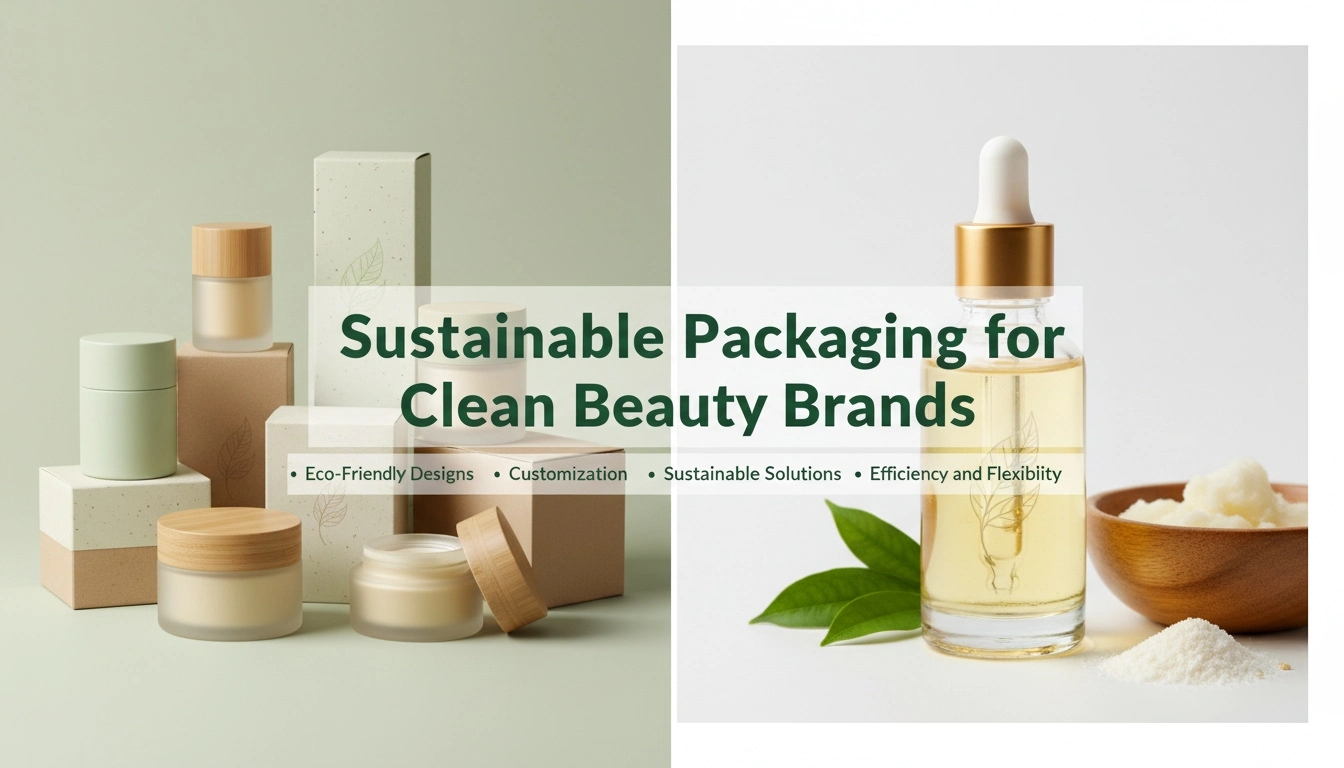
_1747827716538.webp)
